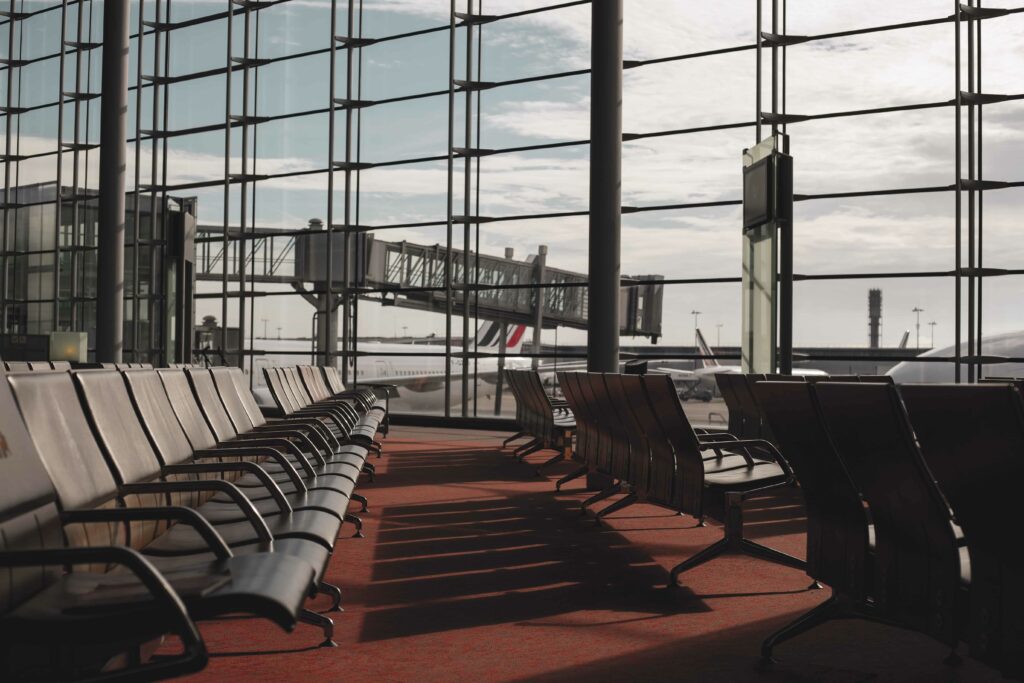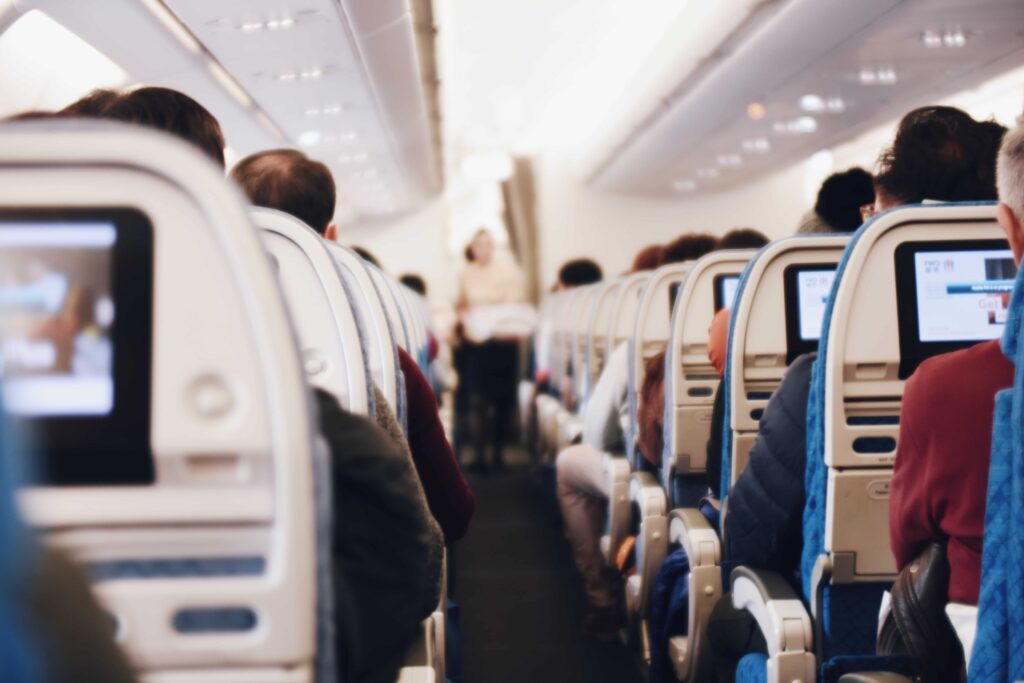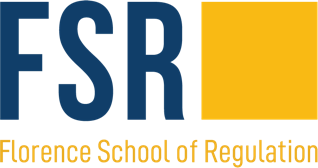State Aid as a Potential Catalyst for Electrification and Automation in Sustainable Airport Operations
This is the third and conclusive installment of the Topic of the Moth 'Exploring the Digitalisation of Transport Infrastructure: From Concept to Reality'
Some things are easier said than done; decarbonising aviation is one of them.
The aviation sector’s decarbonisation process presents a complex challenge, requiring cutting-edge technological developments and substantial investment. In 2024, Bloomberg reported that the $5 trillion green transition of the aviation industry could increase ticket prices, highlighting the significant financial implications of decarbonisation measures. The Draghi Report on the Future of European Competitiveness echoes this, noting that aviation remains one of the “hardest-to-abate” segments of transport, with investment needs of approximately €100 billion annually between 2031 and 2050.
As the industry faces the monumental but necessary challenge of aligning with climate goals, it also must simultaneously embrace a digital transformation that reshapes how air transport is delivered, monitored and optimised. This ‘twin transition’, the green and the digital, is not only complex, but also capital-intensive, technologically demanding, and comes with potential market failures. The core market failure in this context lies in the negative environmental externalities from aviation emissions, coupled with the industry’s struggle to attract sufficient investments while pursuing sustainable, future-proof growth.
Both the Draghi and Letta Reports underline the urgent need for a more integrated and strategic use of public financing to support long-term industrial transformation. These findings reinforce the view that State aid, when well-designed, can become a necessary instrument to address systemic market failures and maintain EU competitiveness during the twin transition. States, through targeted financial aid, can address and correct market failures by accelerating the industry’s green transition. Importantly, this transition extends beyond airlines. It encompasses airports, aircraft and equipment manufacturers, service providers, air traffic management, and virtually every entity involved in enabling air transport services. Such public support can bridge investment gaps, correct externalities and coordinate the broad range of actors involved in aviation’s green and digital evolution.
This instalment of the Topic of the Month examines the role of airports, essential facilities within the aviation ecosystem, in advancing decarbonisation objectives through State-supported financial aid. It specifically considers the European Union’s State aid framework, with a view to assessing how support measures aimed at facilitating the green and digital transition of airports may be designed and allocated in compliance with EU law.
Innovations in Airport Electrification and Automation
Amsterdam Schiphol Airport is a frontrunner in tackling greenhouse gas emissions through electrification and automation, with the aim “to operate the most sustainable airports in the world by 2050”. Various operations, such as baggage transportation, aircraft taxiing and bussing, are being tested through greener and digital solutions. Technologies, such as the Taxibot, which is a semi-autonomous hybrid towing vehicle, aim at reducing CO2 emissions by enabling aircraft to taxi to their runway without using their engines. This technology enables the airport to reduce its Scope 3 emissions as well, as these emissions stem from the activities and operations that occur within the airport premises, but are not directly controlled by the airport itself.
Novel autonomous baggage transportation solutions, such as Aurrigo’s Auto-Dollytug, is currently being tested at Schiphol Airport. This solution, while remaining fully autonomous, is also fully electric. Another recent initiative, which was tested at the airport is the autonomous apron bus called LIFT, was developed by Ohmio. After passing the proof of concept stage, this solution can reduce emissions due to bussing on the apron space.
These innovations, while critical for the twin transformation of airports, are capital-intensive and may not be scalable without external support. This is where the role of the State, as a market corrector, may become essential. Public authorities can support airports in deploying sustainable technologies, closing funding gaps and accelerating the decarbonisation of the broader aviation network. This would also fit into the obligations States undertake under the Paris Agreement, namely the obligation to “make financial flows consistent with a pathway towards low greenhouse gas emissions and climate-resilient development”, per Article 2.1(c).
Navigating the EU State Aid Framework
There are certain avenues under EU State aid law that allow airports to pursue green infrastructure projects, particularly if the airport remains the acquirer of the technology. Traditionally, aid to the aviation sector has been governed by the 2014 Guidelines on State aid to airports and airlines (Aviation Guidelines), which are currently under revision to establish a new sector-specific framework by 2027. However, the existing sectoral guidelines offer only limited opportunities for airports to request operational or investment aid. Investment aid for airport infrastructure is permitted only “if there is a genuine transport need”, a criterion that may be difficult for larger airports to meet. Additionally, operating aid is available only to regional airports handling fewer than 3 million passengers per year. While the guidelines recognise that air transport must transition to “less and cleaner energy”, make better use of modern infrastructure and reduce its environmental impact, they remain largely silent on the provision of aid specifically for green initiatives.
The 2022 Guidelines on Energy and Environmental State aid (CEEAG) provide a comprehensive framework as to how undertakings could request aid for sustainable, green solutions. Air transport has been included within the scope of the CEEAG, providing an explicit framework on how solutions such as clean groundhandling equipment, next-generation fleets, and airport buildings with better energy and environmental performance can be subsidised by the State. The CEEAG explicitly prevail over the Aviation Guidelines, “with regard to environmental aid measures in favour of large airports with a passenger volume of over 5 million per annum”.
Under the CEEAG, airports can request their States to provide aid only for solutions that are commercially available. This means that technologies still in the research and development phase would not qualify for State aid under the CEEAG, but could instead be supported under the 2022 Framework for State aid for Research, Development and Innovation.
Technologies such as the Taxibot, Auto-Dollytug and LIFT could potentially fall within the scope of the CEEAG, notably under the definition of ‘clean mobile ground-handling equipment’, defined as “mobile equipment used in service activities incidental to air […] transport that has zero direct (tailpipe) CO₂ emissions”. While the Taxibot remains a hybrid solution, combining electric and diesel engines, both the Auto-Dollytug and LIFT operate on 100% electric engines. Thus, although the Taxibot may not satisfy the ‘zero direct (tailpipe) CO₂ emissions’ criterion, the other two solutions may meet the definition of clean mobile ground-handling equipment. The guidelines also allow aid for recharging and refuelling infrastructure for clean vehicles. Accordingly, airports could also request aid for the associated recharging or refuelling infrastructure necessary to support these technologies.
Conclusion
As the European Union advances its climate and digitalisation agendas, ensuring that airports can access effective and tailored State Aid frameworks will be critical. The forthcoming revision of the Aviation Guidelines provides a timely opportunity to align sector-specific rules with the ambitions of the European Climate Law and the obligations under the Paris Agreement, notably the requirement to make financial flows consistent with pathways towards low greenhouse gas emissions. By facilitating targeted investment in sustainable and digital infrastructure, State aid can help airports overcome market failures, drive innovation and ensure that the aviation sector remains competitive and resilient. In this context, airports, as critical nodes within the broader transport network, must not be overlooked in Europe’s climate and digital transformation strategies.
Tuvana Aras is a Meijers PhD Candidate at the International Institute of Air and Space Law and at the Europa Institute at Leiden University.






